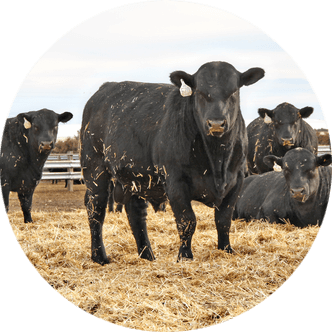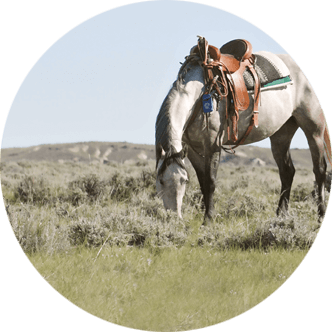WAID convenes in Casper
The Wyoming Association of Irrigation Districts (WAID) held its third annual meeting and conference at the Ramkota Hotel and Conference Center in Casper Nov. 6-7.
Each year, the gathering provides an opportunity for industry stakeholders, legislators and irrigation district members to network, collaborate and exchange ideas regarding irrigation in Wyoming.
About WAID
WAID is a nonprofit organization dedicated to fostering collaboration, unity and mutual support among irrigation districts throughout the state, according to their mission statement.
Additionally, WAID strives to create a cohesive network of shared knowledge and collective problem solving, emphasizing the importance of unity in making progress.
Currently, WAID represents members in nine different Wyoming counties, adding up to over 482,000 acres of irrigated land, 10,201 users and 120 employees, as noted by the organization.
“In pursuit of our mission, we uphold the values of integrity, collaboration, transparency and environmental stewardship,” writes WAID in a statement. “Together, we stand as guardians of Wyoming’s water heritage, striving for a future where irrigation districts thrive, communities flourish and our state’s natural resources are preserved for generations to come.”
Conference highlights
The 2025 conference with WAID’s annual meeting and a review of meeting minutes from 2024, followed by a website presentation by WAID Secretary and Treasurer Gail Whitman.
The website presentation focused on the history of irrigation in Wyoming, as well as current concerns and challenges faced by irrigation districts throughout the state.
Whitman noted Wyoming’s first irrigation district laws were enacted in 1907, with the purpose of creating a local political structure to provide for the continued operation and maintenance of irrigation projects.
In the decades since, rapidly advancing technology has brought about new opportunities and challenges alike. In the midst of these changes, Whitman emphasized remembering the original purpose of irrigation district laws is important.
“I believe our history matters because if we don’t keep the original intent of the laws in mind, we are going to lose our purpose,” Whitman stated. “And without purpose, we will adapt ourselves right out of existence.”
The day continued with presentations on relevant topics from a variety of speakers, and the afternoon concluded with a roundtable discussion featuring state legislators serving on the Select Water Committee.
Legislative roundtable
Select Water Committee Vice Chair Sen. Brian Boner (R-SD02) joined State Reps. Tomi Strock (R-HD06) and Martha Lawley (R-HD27) for a discussion highlighting legislative updates and current topics of debate surrounding irrigation policy.
Addressing challenges posed by aging and critical infrastructure was the central theme of the conversation.
Boner noted serious collapses in infrastructure in Goshen and Converse counties roughly five years ago resulted in a push for the Wyoming Water Development Office (WWDO) to work on an assessment of critical and aging infrastructure throughout the state.
“We have all of this aging infrastructure that’s been around for roughly 100 years, and this stuff doesn’t last forever,” Boner said. “We realize we are going to have to have a concerted effort on the part of the state to make sure our water development program keeps up.”
He further noted almost 10,000 pieces of infrastructure have qualified for the aging and critical irrigation infrastructure list, and now the main question legislators must take into consideration is how to pay for it.
Boner briefly highlighted some recently-introduced draft bills which would make it easier for irrigation districts to work on replacing infrastructure and bring municipal infrastructure into consideration.
“Right now, we are focusing on critical infrastructure – expanding it to include municipalities and loosening restraints on irrigation districts and similar districts,” Boner said.
“The idea, at least in my mind, is eventually to increase dedicated funding to the WWDO to ensure we can continue to meet challenges which are going to become more obvious as time goes on,” Boner concluded.
The conference continued on Nov. 7 with more presentations from WAID members and affiliated organizations throughout the morning, and concluded in the afternoon following elections for three WAID board positions.
Grace Skavdahl is the editor of the Wyoming Livestock Roundup. Send comments on this article to roundup@wylr.net.





